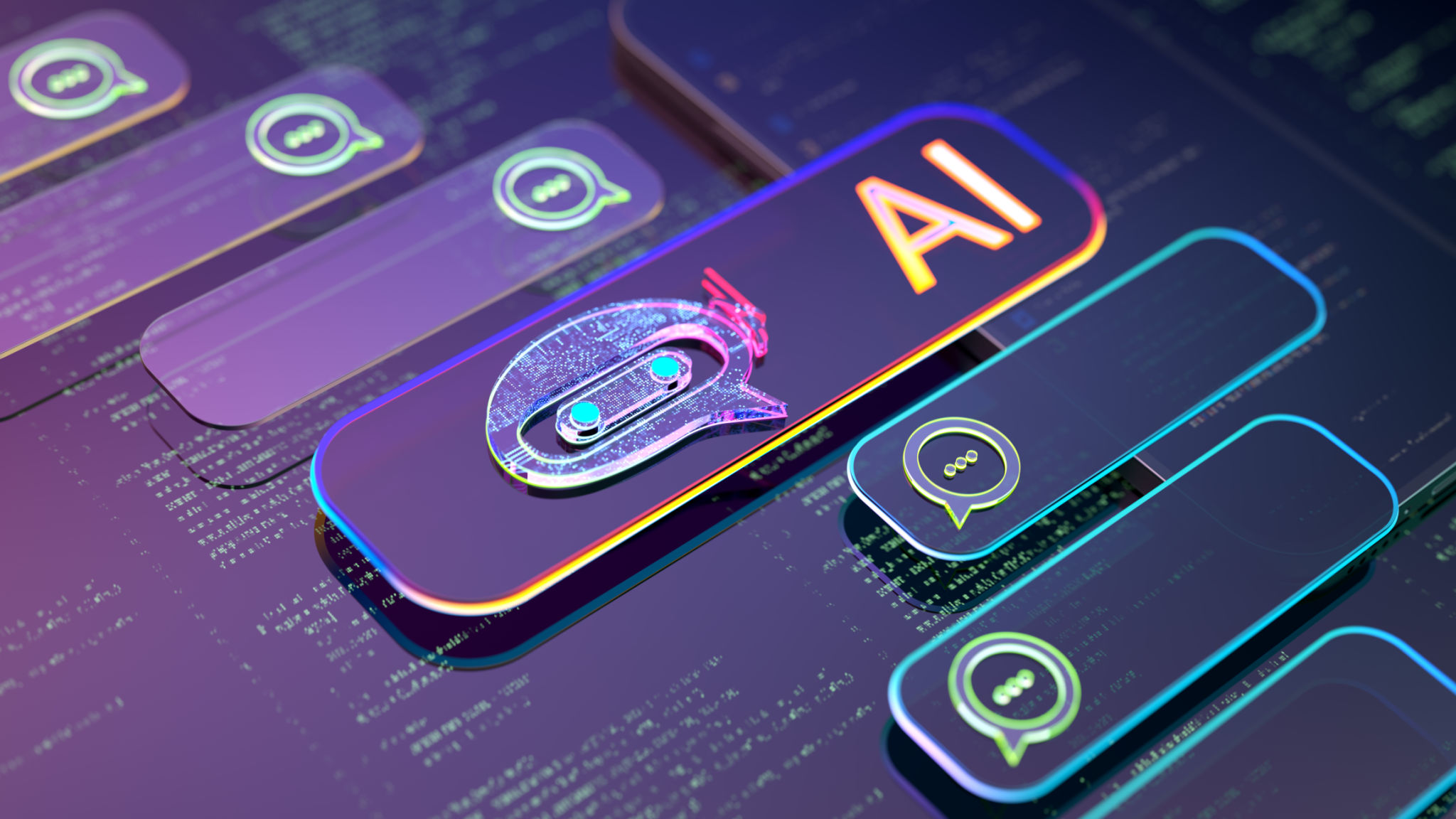Exploring AI-Generated Art Platforms: Creative Innovations for Cultural Institutions
Introduction to AI-Generated Art Platforms
In recent years, artificial intelligence has made significant strides in various fields, and the realm of art is no exception. AI-generated art platforms have emerged as transformative tools, offering cultural institutions new avenues for creativity and engagement. These platforms utilize complex algorithms to create artworks that blend technology and artistry, providing a fresh perspective on what creativity can achieve.
For cultural institutions, embracing AI-generated art can mean more than just showcasing innovative pieces; it can redefine how they interact with their audiences. By integrating these platforms into their offerings, museums, galleries, and other cultural establishments can broaden their appeal and enhance their educational missions.

The Mechanics Behind AI Art Platforms
AI art platforms operate by using machine learning algorithms to analyze vast datasets of existing artworks. These algorithms can identify patterns and styles, which they then use to generate new pieces. The result is a unique blend of traditional artistic influences and modern technological innovation.
One of the key components in these platforms is the use of neural networks, which mimic the human brain's processing capabilities. This allows AI to not only replicate artistic styles but also to experiment with new forms that may not have been possible through conventional means.
Benefits for Cultural Institutions
Cultural institutions stand to gain significantly from adopting AI-generated art. Firstly, it allows them to attract a tech-savvy audience that is interested in the intersection of art and technology. Additionally, these platforms can serve as educational tools, offering visitors insights into both artistic techniques and the capabilities of AI.

The integration of AI-generated art also offers opportunities for collaboration between artists and technologists. By fostering such partnerships, cultural institutions can help bridge the gap between two seemingly disparate fields, encouraging innovation and creativity.
Challenges and Considerations
While the benefits are substantial, there are also challenges that cultural institutions must consider when implementing AI-generated art platforms. Issues such as copyright and ownership of AI-created works, as well as the ethical implications of machine-generated creativity, need careful consideration.
Furthermore, there is the challenge of maintaining the human touch in artistic endeavors. Cultural institutions must strike a balance between leveraging technology and preserving the essence of human creativity that defines traditional art forms.

Future Prospects
Looking ahead, the future of AI-generated art in cultural institutions appears promising. As technology continues to advance, these platforms will likely become more sophisticated, offering even greater creative possibilities. This evolution presents an opportunity for cultural institutions to remain at the forefront of innovation in the arts.
Moreover, as public interest in AI grows, these institutions can play a pivotal role in shaping conversations around the impact and significance of AI in our lives. By showcasing AI-generated art, they can engage audiences in meaningful dialogues about technology's role in society.
In conclusion, AI-generated art platforms represent a unique convergence of art and technology that holds immense potential for cultural institutions. By embracing these innovations, they can not only enhance their offerings but also contribute to a broader understanding of creativity in the digital age.
